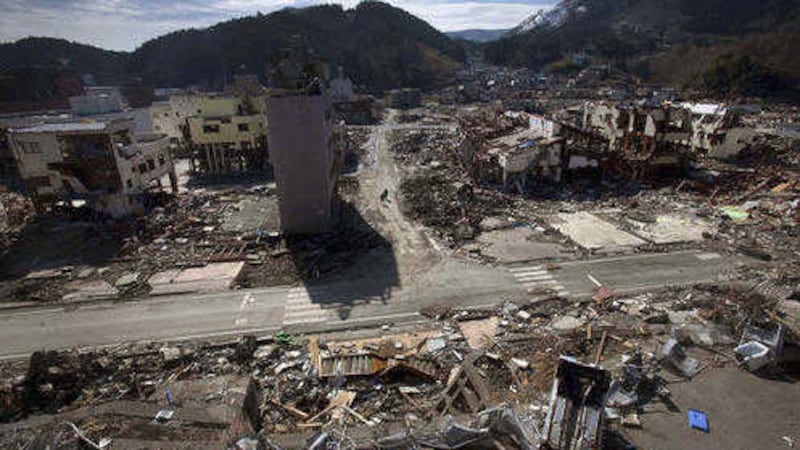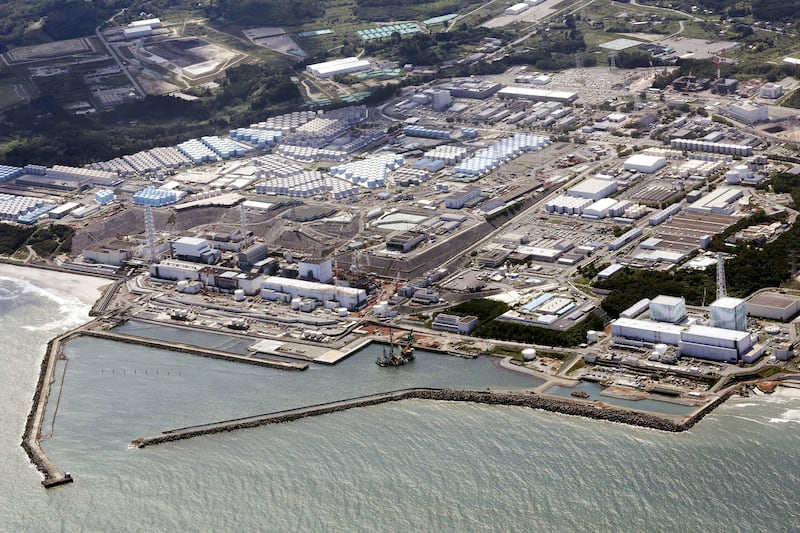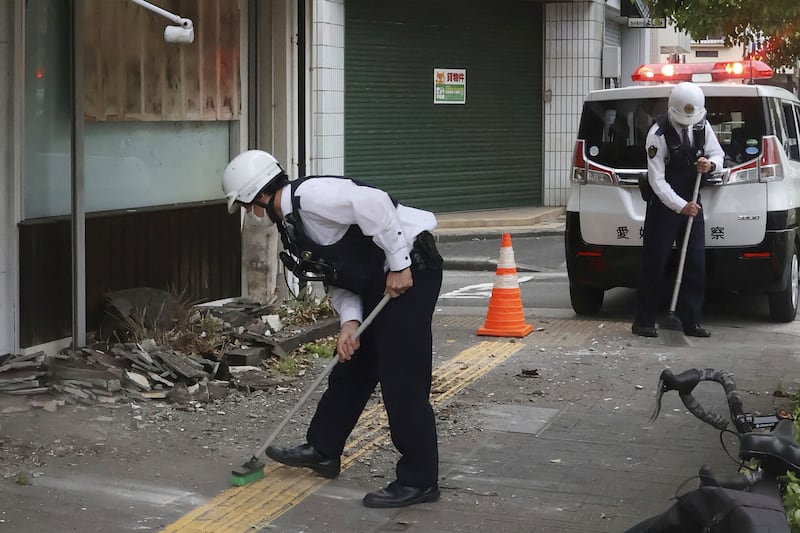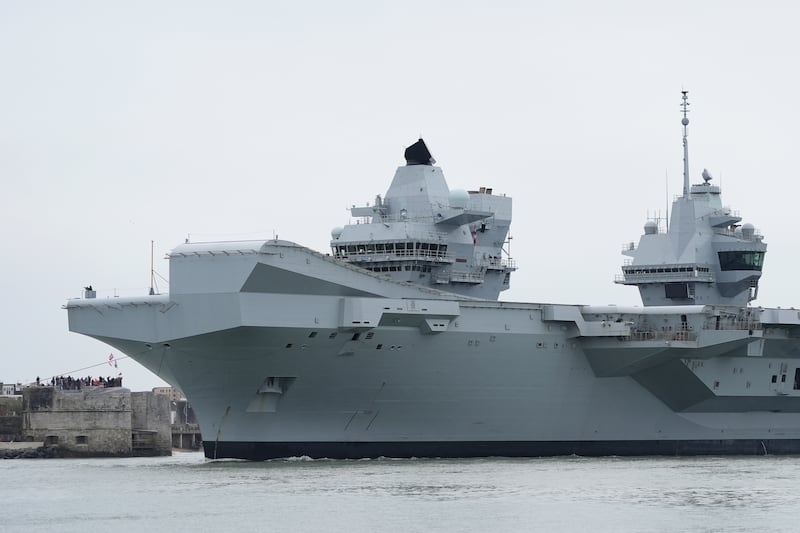FIVE years on from the devastating tsunami that cut a swathe through Japan, these images show the progress the country has made in trying to rebuilt its ruined infrastructure in the years since the disaster.
Disaster struck on March 11, 2011 when at 2.46pm, a 9.0 magnitude earthquake took place 231 miles northeast of Tokyo at a depth of 15.2 miles under the sea.
The earthquake caused a tsunami with 30ft waves that damaged several nuclear plants in the area including one of six reactors at the Tokyo Electric Power Company's Fukushima Daiichi plant, located about 65 km (40 miles) south of Sendai.
After a series of aftershocks, cooling systems at three of the four units at Fukushima failed, prompting a state of emergency being declared.
In February the official death toll from the disaster stood at 15,894, while also last month, three former executives were indicted on charges of professional negligence related to the disaster at the Fukushima.
Meanwhile a court has issued an unprecedented order for a nuclear reactor in western Japan to stop operating and for a second one to stay offline.
Otsu District Court said on Wednesday that the emergency response plans and equipment designs at the two reactors have not been sufficiently upgraded despite the 2011 Fukushima crisis.
The order requires Kansai Electric Power Co to shut down the No 3 reactor immediately and keep No 4 offline at the Takahama plant in Fukui prefecture, home to about a dozen reactors.
The two reactors restarted this year after a high court in December reversed an earlier injunction by another court.
The decision reflects Japan's divided views on nuclear safety and leaves only two of the country's 43 reactors in operation.
Prime minister Shinzo Abe's government wants to restart as many reactors as possible. It says nuclear energy should remain a key power source for Japan, which has few natural resources to fuel its economy.








